We build novel imaging technologies

The Lew Lab builds advanced imaging systems to study biological and chemical systems at the nanoscale. Our technology leverages innovations in applied optics, signal and image processing, design optimization, and physical chemistry. We partner with scientists and engineers across all disciplines to develop technologies to solve unmet needs in science, medicine, and society.
Diversity fosters creative ideas to challenging problems
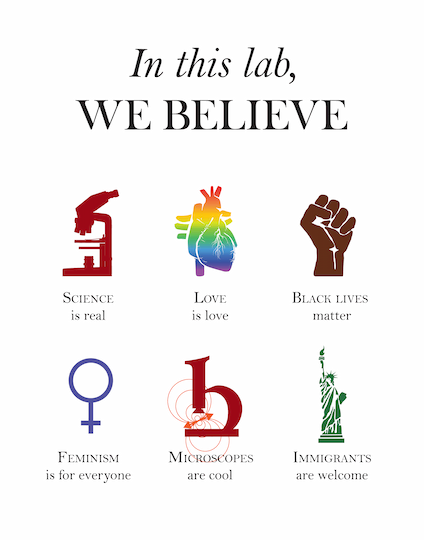
The Lew Lab is a team of inventors, thinkers, and problem solvers working at the intersection of science and technology.
Creating impactful technology is our passion
Lab news
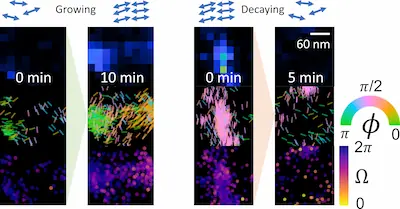 Brian's study on using the binding orientations of Nile blue to
decipher the architectures of growing, decaying, and remodeling amyloid-beta fibrils is now
online in
Nano Lett.!
Brian's study on using the binding orientations of Nile blue to
decipher the architectures of growing, decaying, and remodeling amyloid-beta fibrils is now
online in
Nano Lett.!
- Read it here: “Single-Molecule
Orientation Imaging Reveals the Nano-Architecture of Amyloid Fibrils Undergoing Growth and
Decay”
- Read the accompanying news article, “WashU
researchers shine light on amyloid architecture,” in The Source!
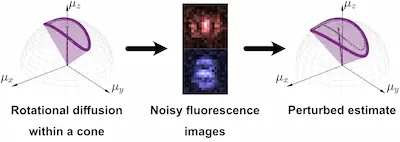 Weiyan's study of how noise-induced errors limit the accuracy of
measuring how molecules “wobble” in 3 dimensions is now online in
J. Phys. Chem. A!
Weiyan's study of how noise-induced errors limit the accuracy of
measuring how molecules “wobble” in 3 dimensions is now online in
J. Phys. Chem. A!
- Read it here: “Fundamental Limits in
Measuring the Anisotropic Rotational Diffusion of Single Molecules”
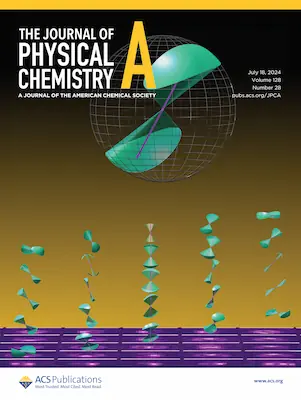 - Update: Weiyan's article is featured as a cover of Volume 128,
Issue 28 of
J. Phys. Chem. A!
- Update: Weiyan's article is featured as a cover of Volume 128,
Issue 28 of
J. Phys. Chem. A!
 The lab welcomes Erik Lindeman, who received a Caltech Summer Undergraduate Research Fellowship
to visit us for a summer project. We're excited to have you!
The lab welcomes Erik Lindeman, who received a Caltech Summer Undergraduate Research Fellowship
to visit us for a summer project. We're excited to have you!
 The lab welcomes Sam Kang, who has received a 2024 Summer Undergraduate Research Award to work
with us. Congratulations!
The lab welcomes Sam Kang, who has received a 2024 Summer Undergraduate Research Award to work
with us. Congratulations!
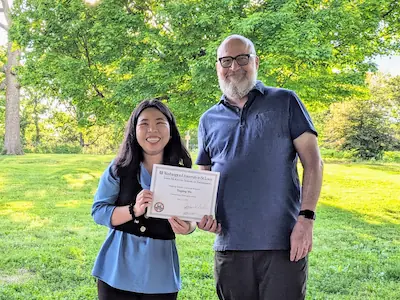
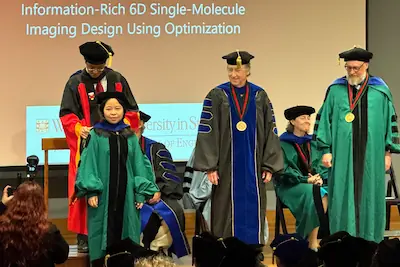 The Lew Lab welcomed Tingting back to campus for the first-ever McKelvey PhD Hooding
Ceremony. She also received an Outstanding Dissertation Award from the Imaging Science
Doctoral Program. Congratulations, Tingting!
The Lew Lab welcomed Tingting back to campus for the first-ever McKelvey PhD Hooding
Ceremony. She also received an Outstanding Dissertation Award from the Imaging Science
Doctoral Program. Congratulations, Tingting!